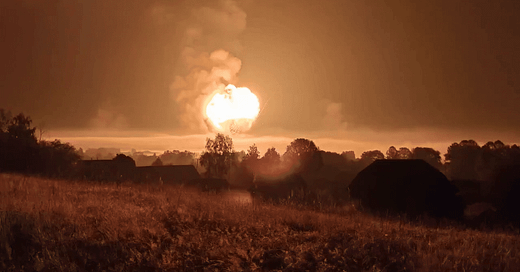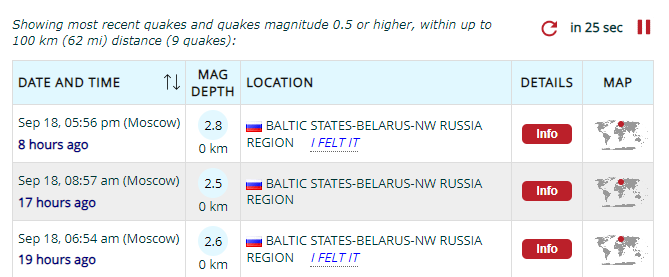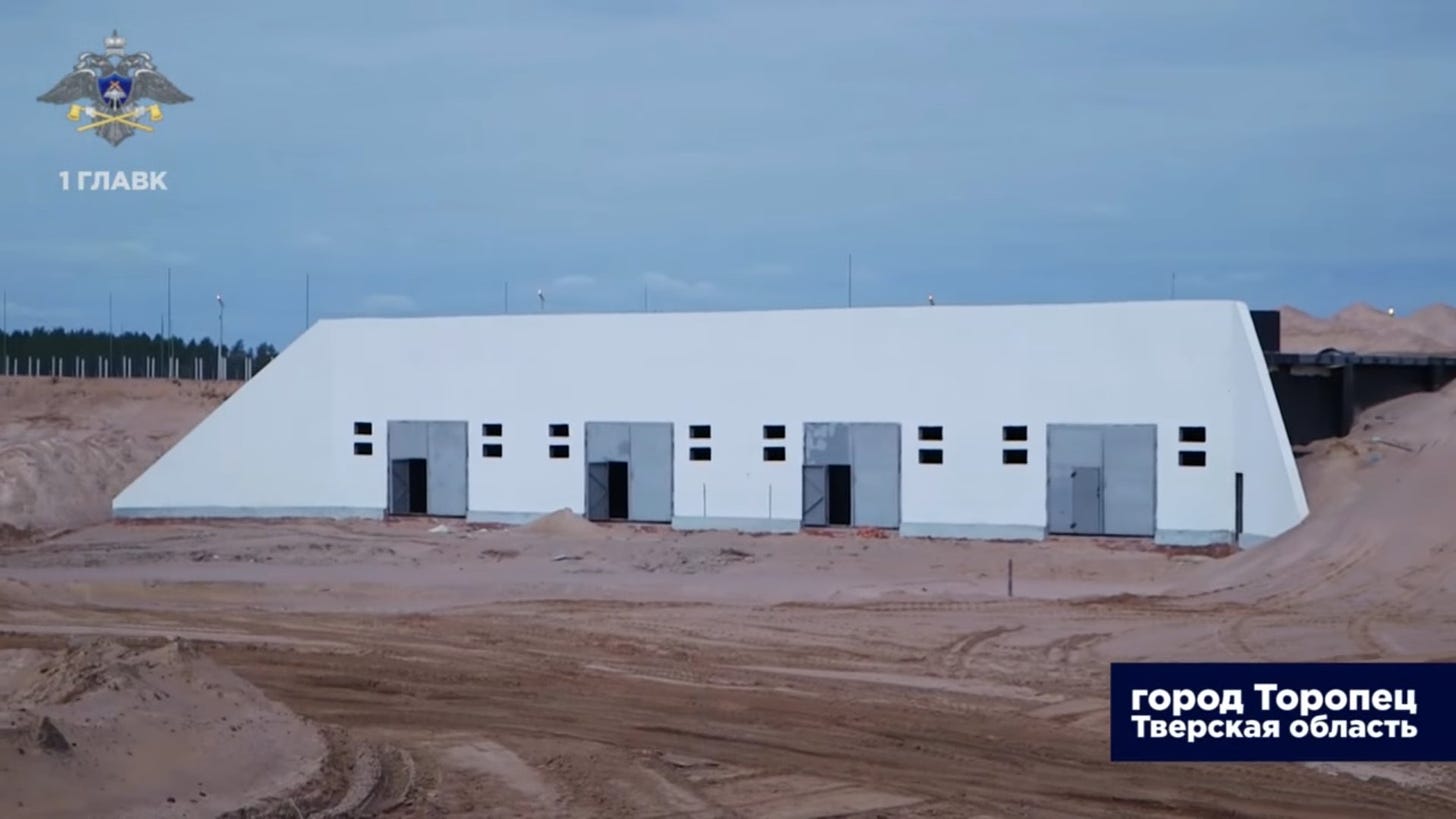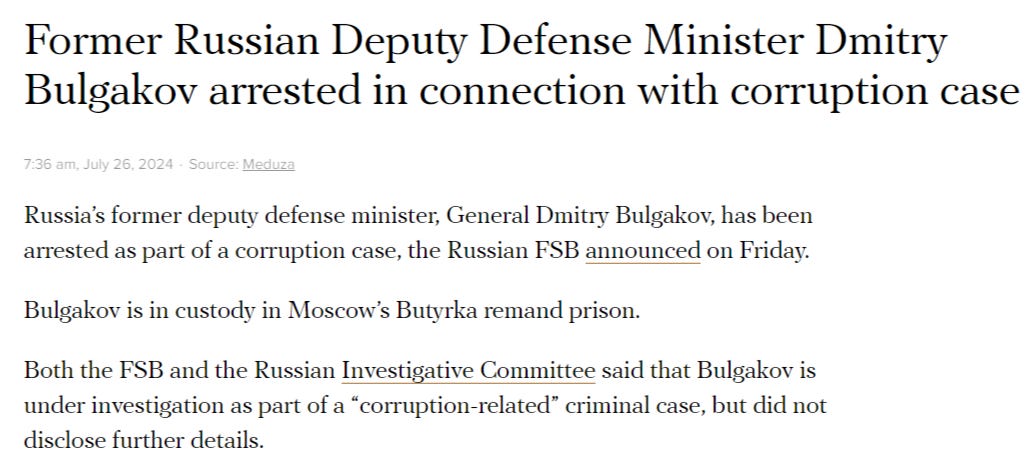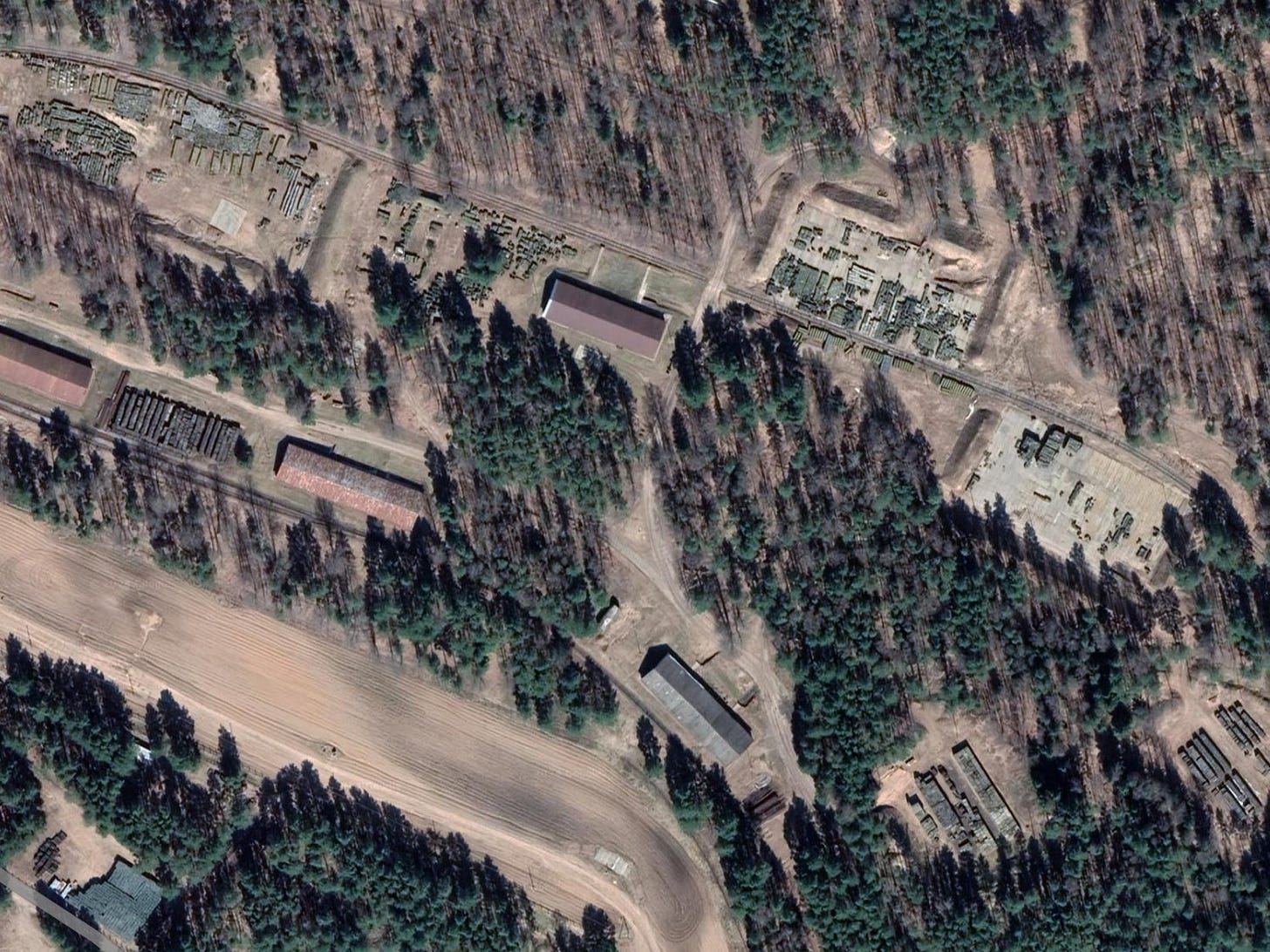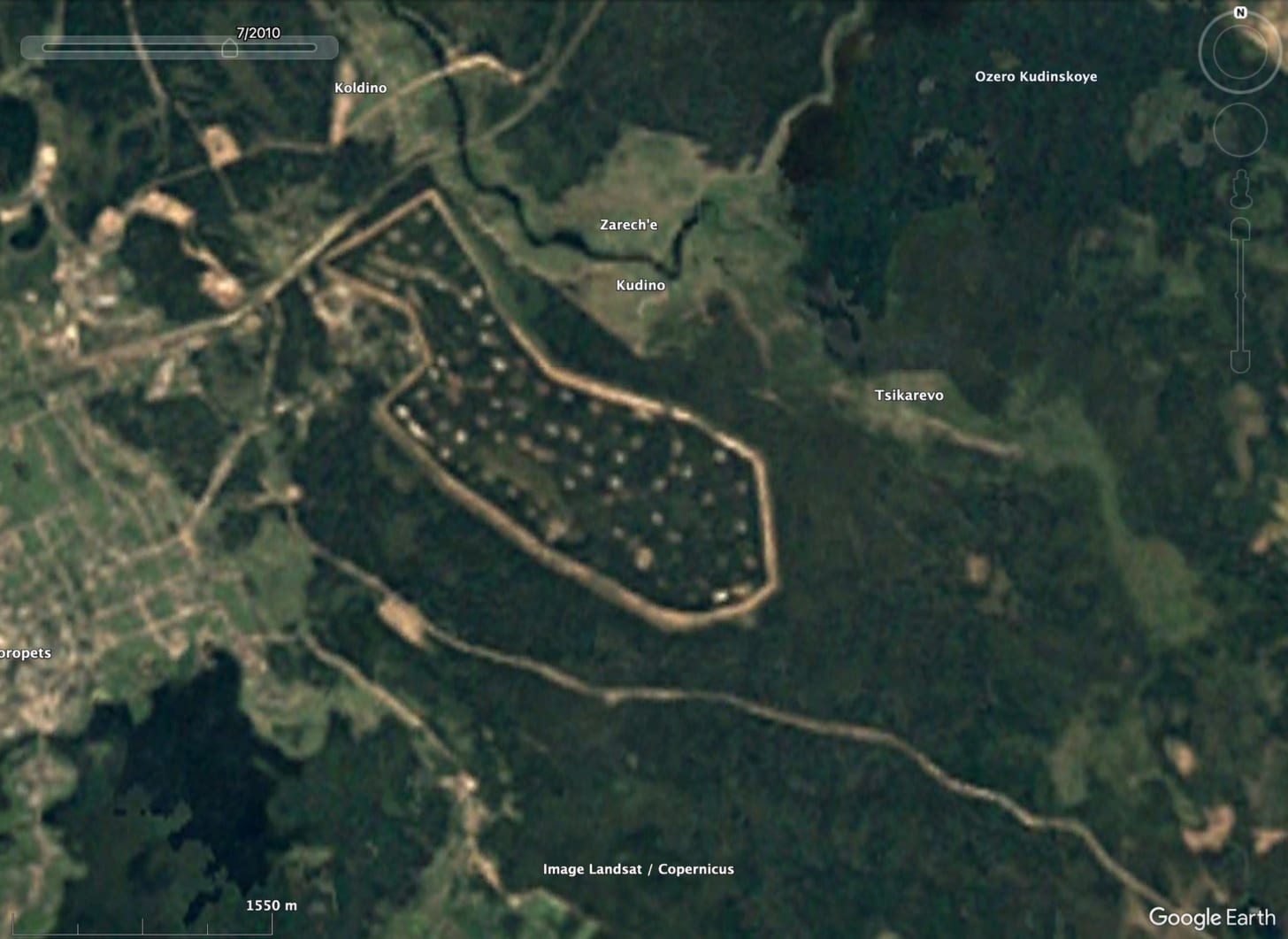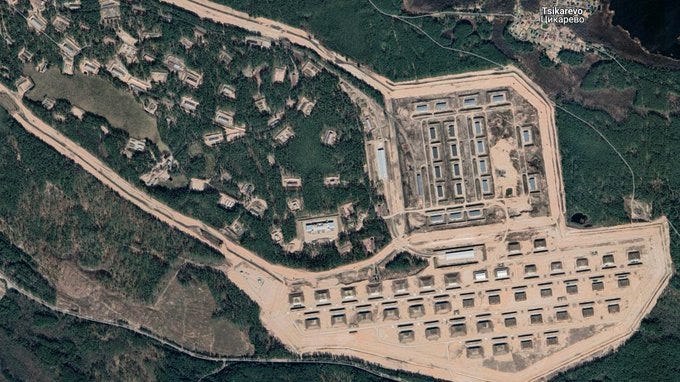This exclusive paid subscriber report covers Ukraine’s large-scale attack on Russia’s 107th arsenal in the most thoroughly researched and comprehensive detail you will find on the web at this time. It is done in order to definitively answer the critical question of whether this major strike has dealt detrimental damage to Russian war efforts, or whether it is mostly a PR gasp with no real long-term implications.
At around 3:30am local time, Ukraine struck one of Russia’s largest arms arsenals, located in Toropets, Tver region west of Moscow at 56.4990282938169, 31.719610502590765 geolocation. It is known as the 107th GRAU weapons arsenal, part of a national network of depots for the Main Missile and Artillery Directorate.
The attack caused one of the biggest explosions on Russian territory of the war so far, registering 2.8 on local earthquake scales.
It was reportedly even visible from space:
But that’s about where the facts stop. Everything after that point has been doused in a lot of Ukrainian propaganda and unvetted information, so let’s try to clear some of it up by cutting down to the essentials and seeing if the attack was as “crippling” as the Ukrainian side claims.
Historical Context
Firstly, the 107th GRAU Arsenal as it is called is a mostly Soviet arsenal which was updated in recent years to add new concrete bunkers to store weapons for the Western Military District.
In the Soviet times, it had various CIA and US intel agency reports written on it:
June 1965 report by the National Photographic Interpretation Center now known as the National Geospatial Intelligence Agency.
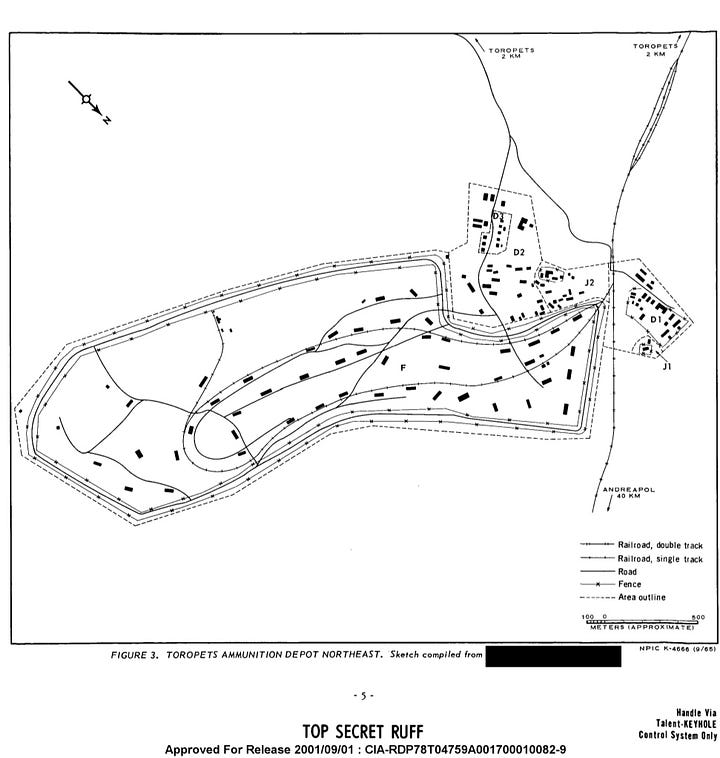
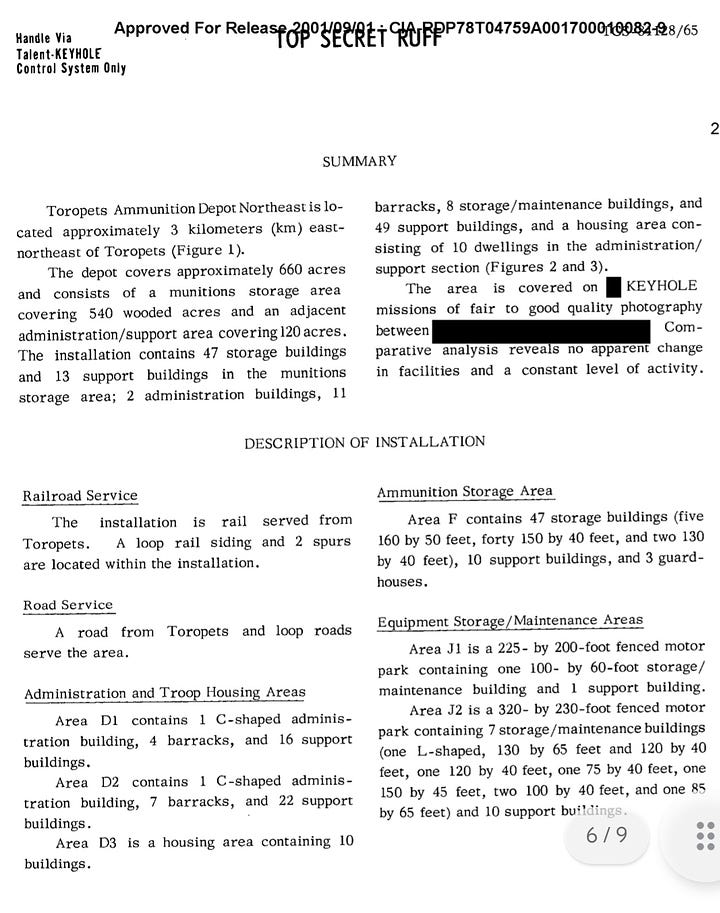
In 2018 and onward, it began to get a modern facelift under the direction of Deputy Defense Minister Dmitry Bulgakov. Adding a major new section with modern concrete bunkers, he made high-flung claims that it was the safest in the world, could withstand nuclear strikes, and the standard song.
From this RIA article:
Bulgakov explained that an arsenal is an area equipped with concrete storage facilities for storing missiles, ammunition and explosives in the conditions prescribed for them. "It provides them with reliable and safe storage, protects them from air and missile strikes, and even from the damaging factors of a nuclear explosion," Bulgakov stressed.
Unfortunately Bulgakov was one of the many corrupt parquet generals recently arrested for embezzling money, specifically by providing low-grade materials—in his case rations for the army—while pocketing the left-overs:
Thus, you can make the connection of his “impenetrable” bunkers meant to withstand missiles and nukes potentially unable to withstand some plastic Ukrainian drones—but we’ll get to that, and see if they really withstood them or not.
The truth is that satellite photos had previously shown large amounts of ammunition sitting ‘in the open’ at the arsenal. Here’s one sample photo, though you can see the rest at the above link:
For the record, here is what the arsenal looked like in 2010, before the modernizations and new additions began construction around 2018 and onward:
The above shows the old Soviet section, and here you can now see the new post-2018 Bulgakov-administered additions to the east-southeast of the original section:
Notice that entire non-green area on the right, with the more geometrically-aligned buildings—this is the new area which is supposed to have the much more reinforced concrete bunkers, where things are stored underground.
Keep reading with a 7-day free trial
Subscribe to Simplicius's Garden of Knowledge to keep reading this post and get 7 days of free access to the full post archives.


